Smaller Cities In A Shrinking World: Building a sustainable future against the odds



Source: IHME
DECLINE
Slowing growth, some decline by 2050
Decline or slow growth depending on level of immigration




Source: IHME
Slowing growth, some decline by 2050
Decline or slow growth depending on level of immigration
Declining population

Continued growth beyond 2050

Eastern Europe


North America and Western Europe

Russia East Asia



Africa and Middle East Latin America and Caribbean

South and Southeast Asia

Australia and New Zealand

Fertility rates in the Global South 1960-2018
Fertility rates in large countries 1960-2021






The US is headed in the same direction
and we’re not happy about it

negative population growth by 2030-2035 (without immigration)


negative population growth by 2045-2050 (with 1 million/year net immigration)


US Population over 65 and under 5
Projected population change by age group in the United States 2022 to 2060 (000) +23 million people over 75 -9 million people 0 to 19
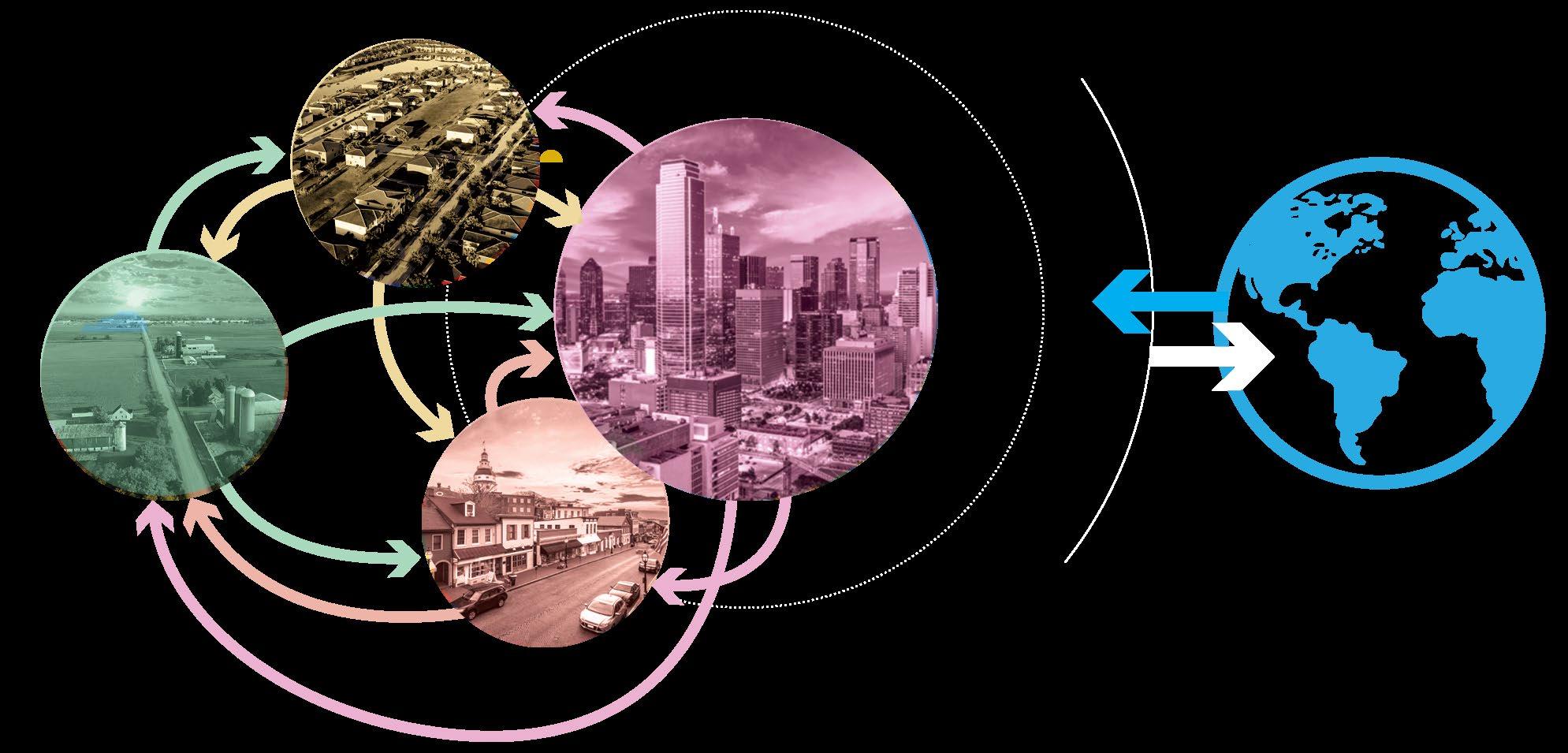
Many parts of the United States are already losing population (Population change by county 2000 to 2016)


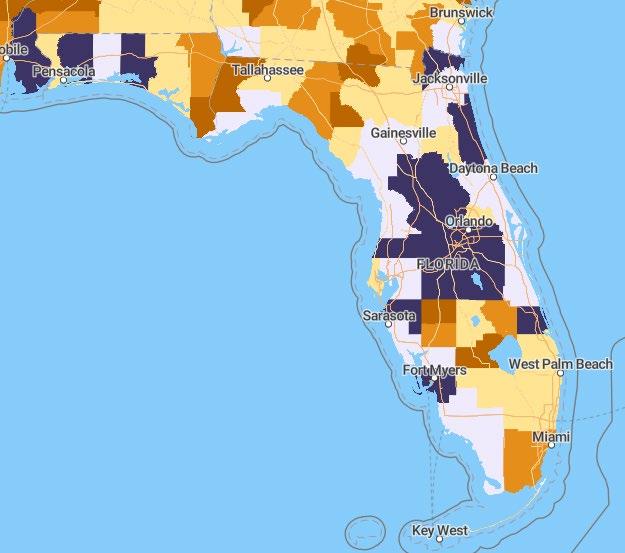







The dominant internal migration trend is from periphery to center
Net migration by prefecture in Japan in 2016

Source: Data from Statistics Bureau of Japan; analysis by author
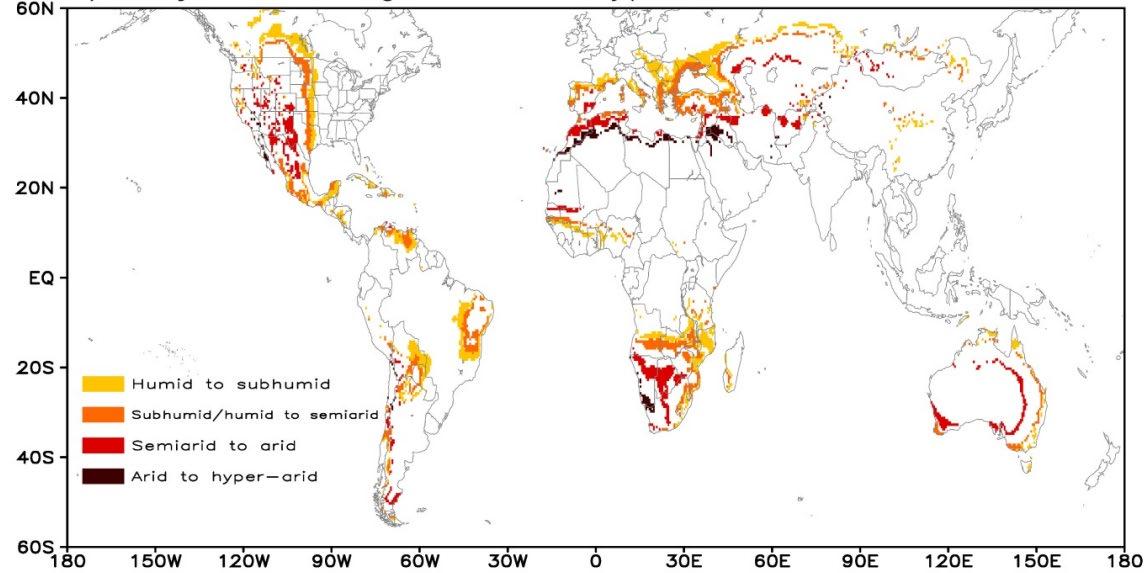

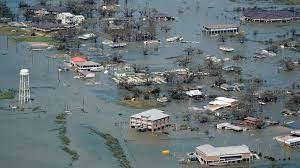




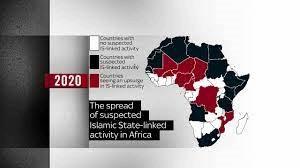





Even before the pandemic, the pace of expansion in globalization was slowing. […] The collective impact of these trends is forcing a profound reflection on the way places and firms interact with globalization, and, in this shifting landscape, the types of levers available to attract flows of investment and people to achieve resilient territorial development.
OECD (2023)
Globalization, seen in recent decades as unstoppable a force as gravity, is clearly evolving in unpredictable ways. The move away from an integrated world economy is accelerating.
NEW YORK TIMES (2023)
Today, "slowbalization" appears to be moving towards deglobalization. Recent disruptions to global value chains […] have prompted governments and corporations to reconsider external dependencies. They are looking closer to home and to trusted partners for more resilient growth models.

What does all this mean?
Slower population growth
Aging population
Reduced productivity
Reduced consumption
Climate change
Environmental crises
Geopolitical conflict
Economic instability
Reduced economic growth
Reduced capital investment
Resource hoarding
Increased geographic concentration
Increased inequality








Peoria’s high-quality farmland is devoted to producing corn and soybeans for the global market




Virtually everything Peoria consumes is imported from the global market

Peoria’s urban economy depends on Caterpillar’s production for the global market


More and more cities will become shrinking
Large




Environmental effects

Economic effects

Demographic effects

Fiscal effects
Vacant land and buildings
Reduced retail and service activity Excess infrastructure
Loss of economic opportunities
Disinvestment
Deteriorating public realm
Declining property values Increased poverty
Increased elderly population
Declining child and working-age population
Housing supply/demand mismatch
Brain drain
Reduced tax revenues
Declining municipal services
Excess public facilities

Local food system
Distributed manufacturing
Distributed energy supply
Remote and Hybrid work options

Networked educational opportunities AgingFriendly City
Networked health care system


Tree farm in Detroit

Urban agriculture in Chicago


DIY Park and garden in Riga Latvia
Localized renewable energy systems
Localized manufacturing systems
Remote work





Age-friendly community
Remote and hybrid healthcare
Remote and hybrid learning



Vibrant public realm
Civic participation and inclusive governance
Strong neighborhoods







Dissatisfaction with existing conditions





Adaptive leadership BUILDING
Human capital
Strong institutions
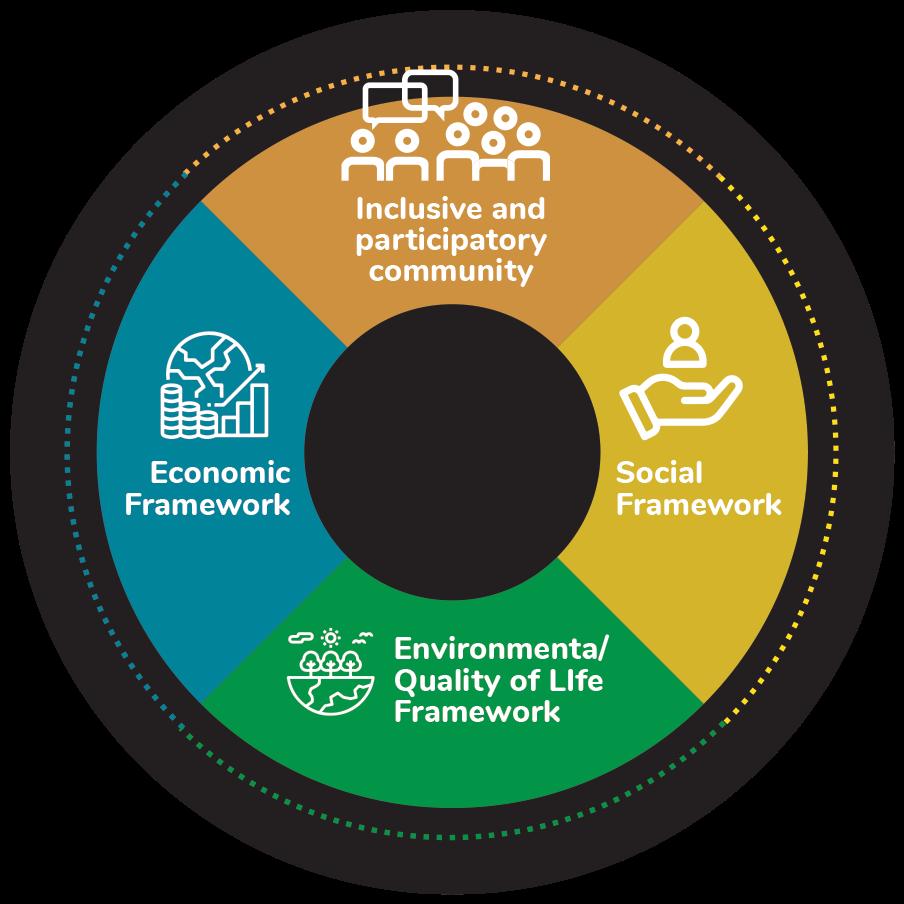
SUSTAINABLE SHRINKING CITY/REGION


www.islandpress.org/books/